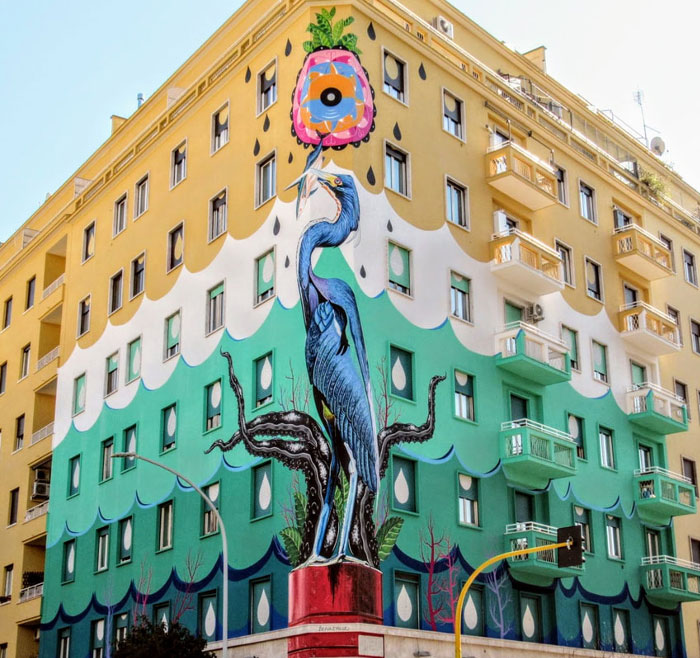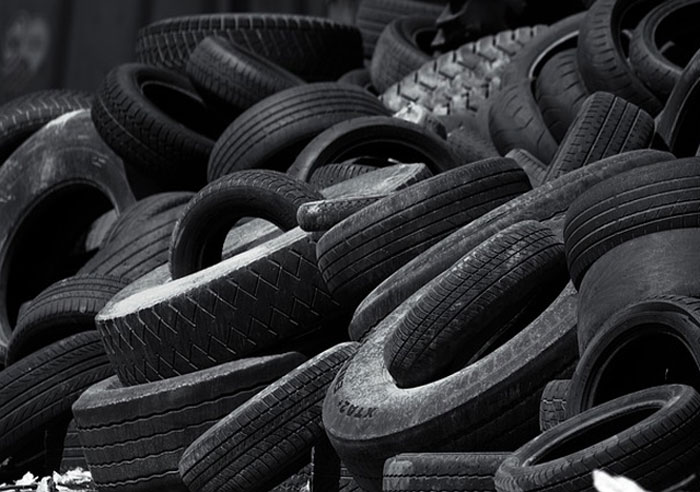Your Environment and Powder Coating Possibilities

Your Environment and Powder Coating Possibilities
When isn’t paint superficial? When it promotes a healthier environment by reducing energy use, purifying the air, decreasing reliance on fossil fuels and keeping old tires out of landfills.
Thermal paint to help heat old buildings
Paint may soon have a hand in making the heating and cooling of buildings less energy draining. At the University of Liverpool, UK, Professor Dmitry Shchukin has been working on a thermo-regulating paint additive that absorbs heat during the day and gives it off at night.
The technology behind the paint additive he’s developing is based on energy nanocapsules that encapsulate phase-change materials responsible for the uptake and release of thermal energy. When added to commercial paint, the capsules prevent interaction between the paint and the phase-change heat capacitors, maintaining the integrity of both. This significantly increases the paint’s durability, allowing for thousands of heating/cooling cycles.
Since buildings are the largest energy consumer in the European Union, Shchukin sees painting old, large buildings with thermo-regulating paint as a viable way to improve their energy efficiency and avoid costly retrofitting, according to an article in Horizon Magazine EU.
Next, Professor Shchukin plans on developing nanocapsules that can help cool buildings.
“Powder coating is a greener and thoroughly-tested alternative to paint that’s been around for decades,” says Kenny Spielman, President of S&B Finishing. “By choosing smartly, painting and finishing doesn’t have to be part of the problem – it can be part of the solution.”
Carbon black with old tires
You probably can’t look around your home or workplace without spotting something made with Carbon Black. It’s a common pigment in coatings, inks and toners as well as a reinforcement and performance additive in rubber products like automobile tires. Since it improves the electrical, physical, and optical properties of materials you’ll find carbon black in electronics, the soles of your shoes and even makeup.
What if this pervasive petroleum-based substance could be made in a more eco-friendly way?
It’s already being done.

Recovered carbon black (rCB) is helping to keep one of the most insidious pollutants—used tires—out of landfills. Additionally, manufacturing carbon black from end-of-life tires instead of virgin raw material is better for the environment and economy.
As reported by Recycling Inside recycling tires to produce rCB reduces the consumption of fossil fuels and new raw materials, in turn reducing emissions and land-use impact from mining. Thereby, the reduction of environment pollution. End-of-life tires are quite abundant so the cost of exploration, extraction and transportation of raw materials and fossil fuels is saved. Additionally, the production of rCB isn’t affected by fluctuating oil prices.
Now, powder coating containing recovered carbon black is available on the market, thanks to partnerships between powder coat manufacturers and producers of rCB pigment.
Use this link to read – What is Powder Coating?
Paints that eat air pollution
Smog eating paint has been around for some time with several brands on the market designed to clean the air. A catalyst added to the paint pulls pollutants out of the atmosphere when the painted surface is exposed to ultraviolet light and converts them into another substance.
In Europe, murals such as Hunting Pollution in Rome have been created with these paints to help reduce air-borne pollutants. Before and after studies of a 350 meter-long tunnel renovated in Rome showed reduced levels of nitrogen dioxide after photocatalytic paint was applied and UV lamps installed.
Some controversy exists to whether photocatalytic paint releases harmful VOCs during its lifetime and its long-term effectiveness against air pollution. Only large scale studies will show if these paints can reduce air pollution, notes Professor Bernd Nowack, Swiss Federal Laboratories for Materials Science and Technology in Chemistry World.
Clearly, the best solution to pollution of any kind is minimizing it in the first place. That’s one reason behind the growing popularity of powder coat. Of course, not everything can be powder coated. However when feasible, industry relies on powder coating for its finishing needs while consumers shop for powder coated products. Their reasons are the same, a reduced carbon footprint plus sustainability that ensures the part or item won’t need repainting or replacement as soon.

